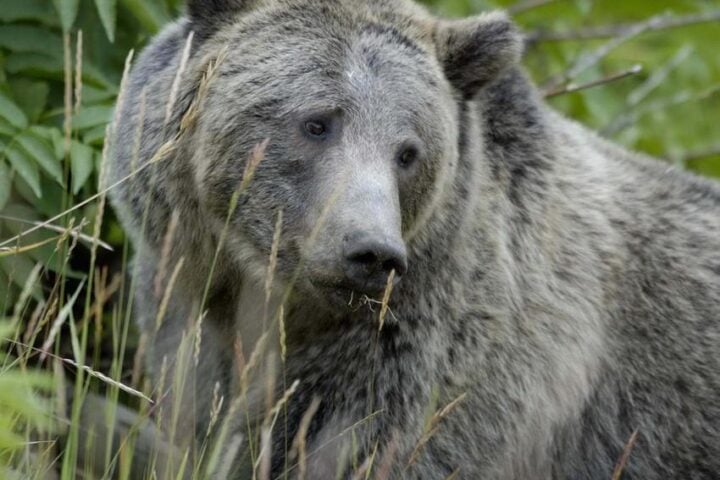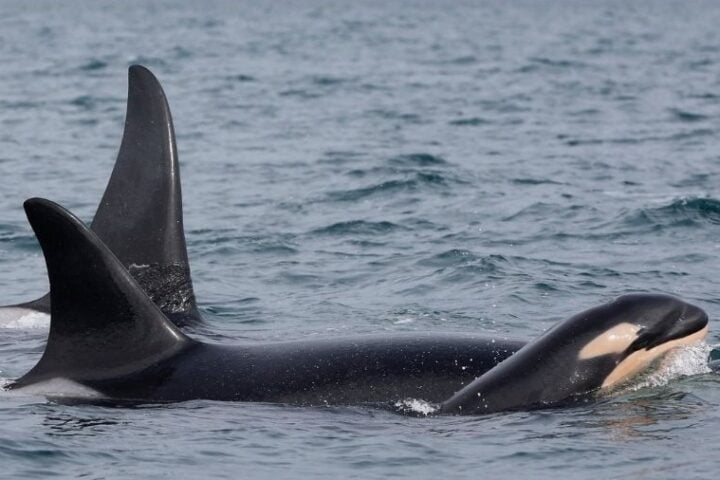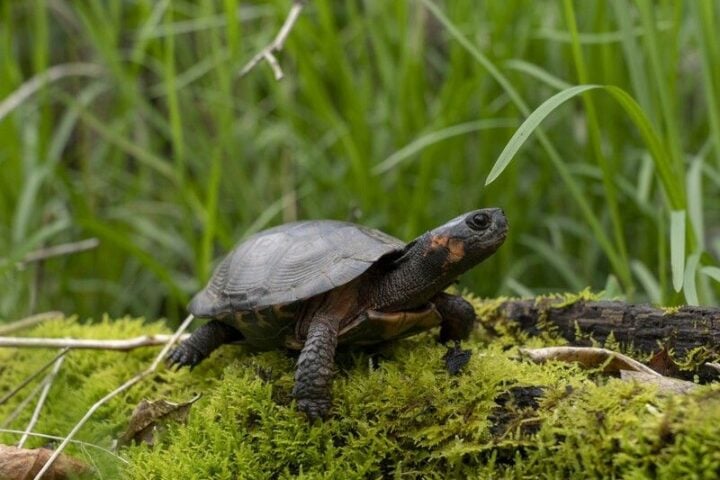Four rare Amur tiger cubs are now regularly visible to visitors at Longleat Safari Park, offering a rare glimpse into the early life of the world’s most endangered big cats.
The cubs – named Dora-Boo, Ginger Biscuit, Heidi, and Seeka – were born in May last year to their mother, Yana, who keeps a watchful eye over them as they play in their paddock. These four females are part of a larger litter of six, with siblings Rusty and Yuki having moved to other parks as part of the European breeding program.

“To have four female cubs arrive was so fantastic for the breeding program and for our guests, as we can keep them together for longer with Mum,” said Darren Beasley, head of animal operations at Longleat. “This gives people an amazing opportunity to see this rare breed up close before they eventually move to new homes to ensure the lineage of this species lives on.”
Visitors may observe Yana teaching her cubs essential survival skills, though the youngsters spend much of their time playing and enjoying the pool in their enclosure.
The arrival of these cubs represents an important contribution to conservation efforts for Amur tigers, which face serious threats in the wild. “This gives people an amazing opportunity to see this rare breed up close before they eventually move to new homes to ensure the lineage of this species lives on. It’s estimated that there are only 450 Amur tigers left in the world, and we are so proud to be able to play a part in the conservation of such a rare species.” Beasley added.
Similar posts
Amur tigers, also known as Siberian tigers, primarily inhabit the Russian Far East and small areas of northeastern China. Their population has declined dramatically due to habitat loss, poaching for their fur and body parts, and depletion of their prey species.

Longleat’s participation in the European Endangered Species Programme (EEP) helps maintain genetic diversity among captive Amur tigers, creating a vital safety net for the species. The careful coordination of breeding between zoos and safari parks aims to prevent inbreeding and ensure the healthiest possible population.
In other baby animal news at Longleat, visitors can also see a new joey born to a red-necked wallaby named Lara. The birth came as a surprise to keepers as it occurred through a unique reproductive phenomenon called embryonic diapause, where embryo development temporarily pauses until conditions are favorable.

“It’s always exciting at this time of year when babies begin arriving, and this arrival for Lara is particularly exciting as we weren’t expecting any wallaby joeys this year due to Dodger, our male, moving to a new home,” said Emily Sage, animal adventure keeper at Longleat.
Frequently Asked Questions
The tigers at Longleat are Amur tigers (also known as Siberian tigers), which are the world’s most endangered big cats. There are only approximately 450 Amur tigers left in the wild, making this exhibit particularly significant for conservation efforts.
A total of six tiger cubs were born to mother Yana in May last year. Four female cubs (Dora-Boo, Ginger Biscuit, Heidi, and Seeka) remain at Longleat, while two cubs (Rusty and Yuki) have been moved to other parks as part of the European breeding program.
Yes, the four female cubs are now regularly visible to visitors at Longleat Safari Park. Visitors can observe them playing in their paddock and sometimes see their mother teaching them essential survival skills. They particularly enjoy playing in the pool in their enclosure.
The birth of these cubs represents a significant contribution to conservation efforts for Amur tigers, which face serious threats in the wild. With only about 450 Amur tigers left worldwide, each successful breeding is crucial for maintaining genetic diversity and creating a safety net for the species through the European Endangered Species Programme (EEP).
Amur tigers (Siberian tigers) primarily inhabit the Russian Far East and small areas of northeastern China. Their population has declined dramatically due to habitat loss, poaching for their fur and body parts, and depletion of their prey species.
Yes, in addition to the tiger cubs, visitors can also see a new joey born to a red-necked wallaby named Lara. This birth was particularly surprising to keepers as it occurred through a unique reproductive phenomenon called embryonic diapause, where embryo development temporarily pauses until conditions are favorable.





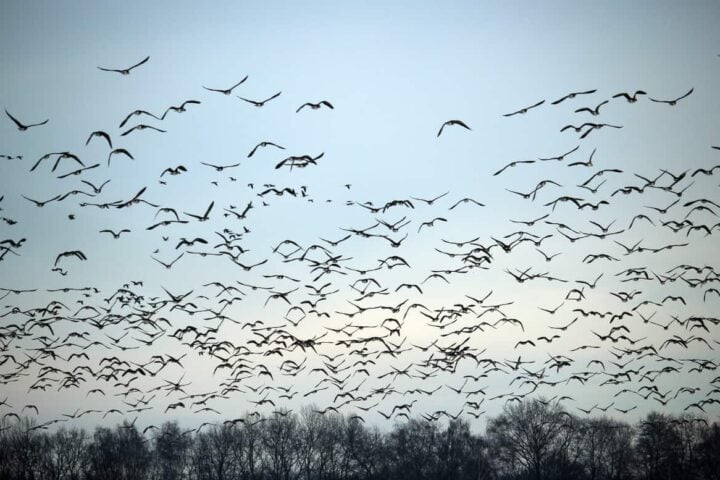
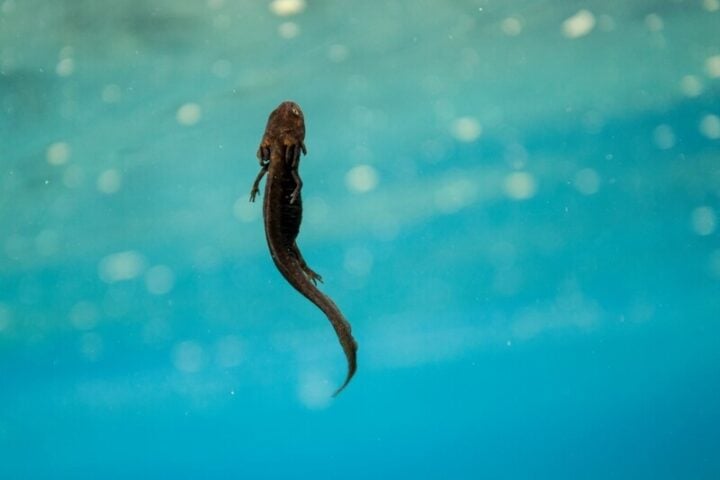
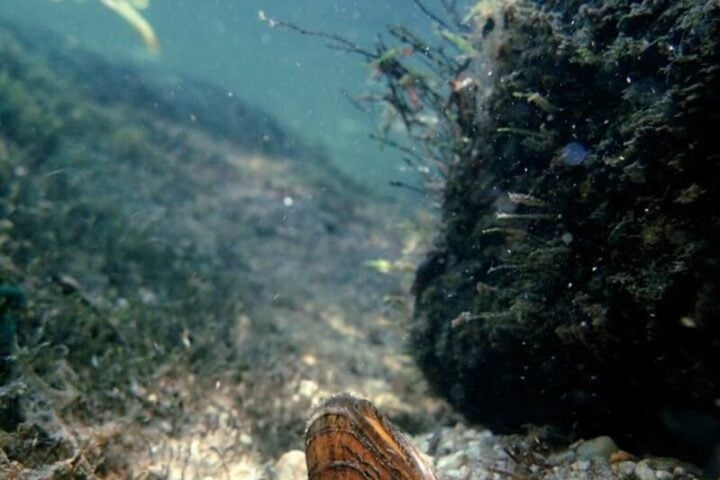
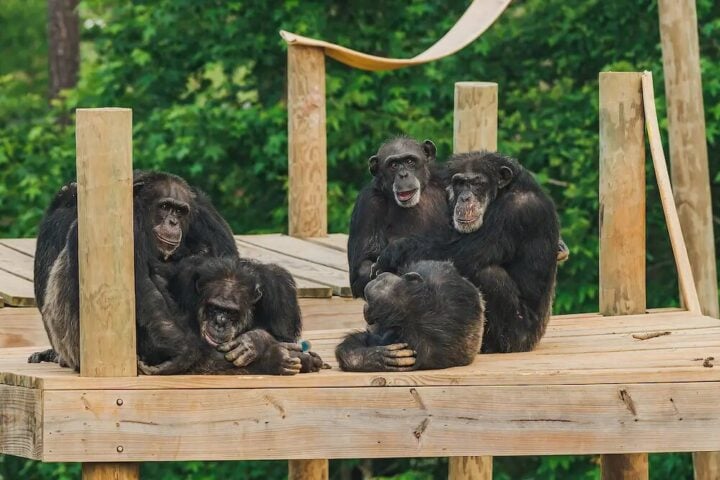

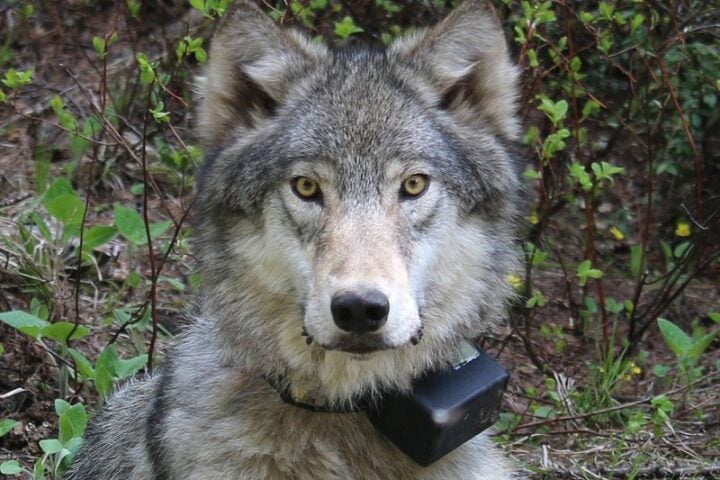

![Representative Image: European Starling [49/366]. Photo Source: Tim Sackton (CC BY-SA 2.0)](https://www.karmactive.com/wp-content/uploads/2025/04/Starlings-Drop-82-in-UK-Gardens-as-Birdwatch-2025-Reveals-Record-Low-Count-Since-1979-720x480.jpg)
